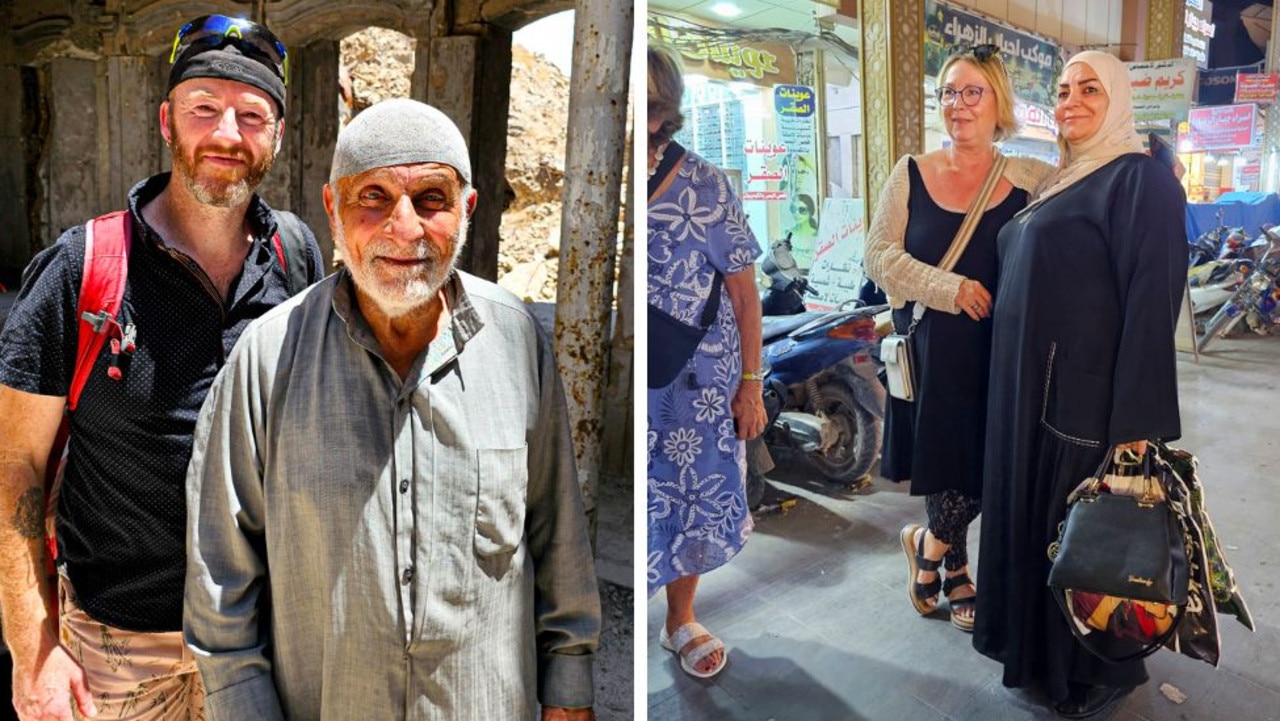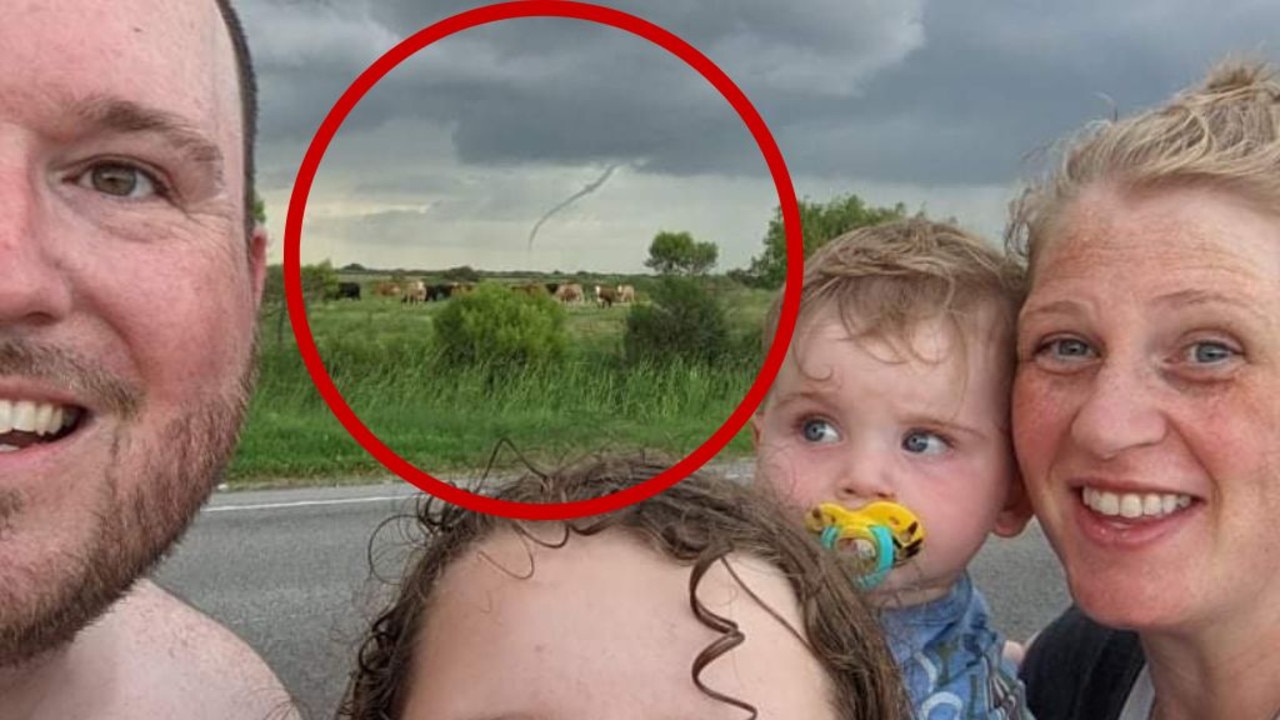Tourist who travelled to Socotra explains what it’s like at one of the world’s final untouched spots
With just a handful of tourists a year, Socotra is regarded as the world’s last remaining unspoilt spots – but a visit there doesn’t come without its risks.
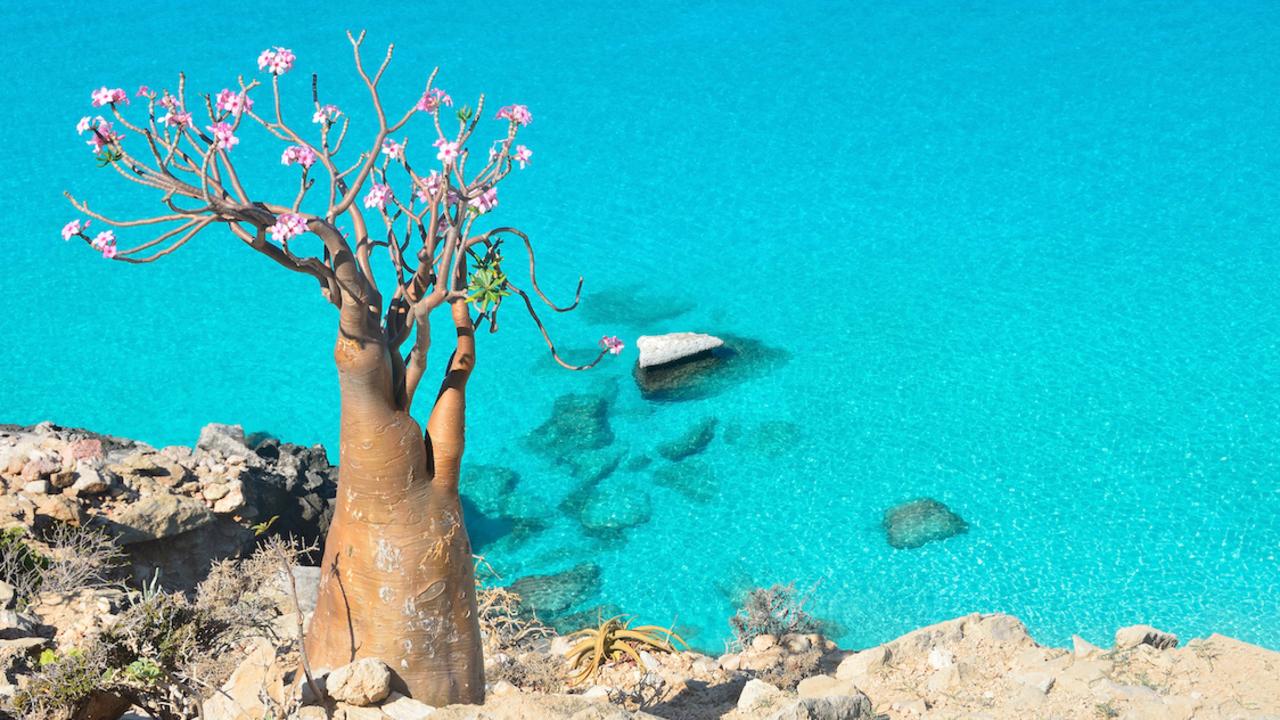
With just a handful of visitors a year and marooned between the two volatile nations of Somalia and Yemen, Socotra is one of the last unspoilt spots in the world.
Getting to the idyllic island isn’t easy – and it comes with risks. But for people that make it to the island, including adventure tourist and real estate agent Doug Driscoll, any risk or costs that come with getting there, are all worth it.
Dubbed the “Galapagos of Arabia”, Socotra offers tourists an other-worldly experience, with many of its animals and plants endemic to the island.
The island is also littered with stunning gorges and canyons, through which crystal clear rivers wind, white sand beaches with bright turquoise water, sprawling sand dunes, traditional villages and mazes of caves.
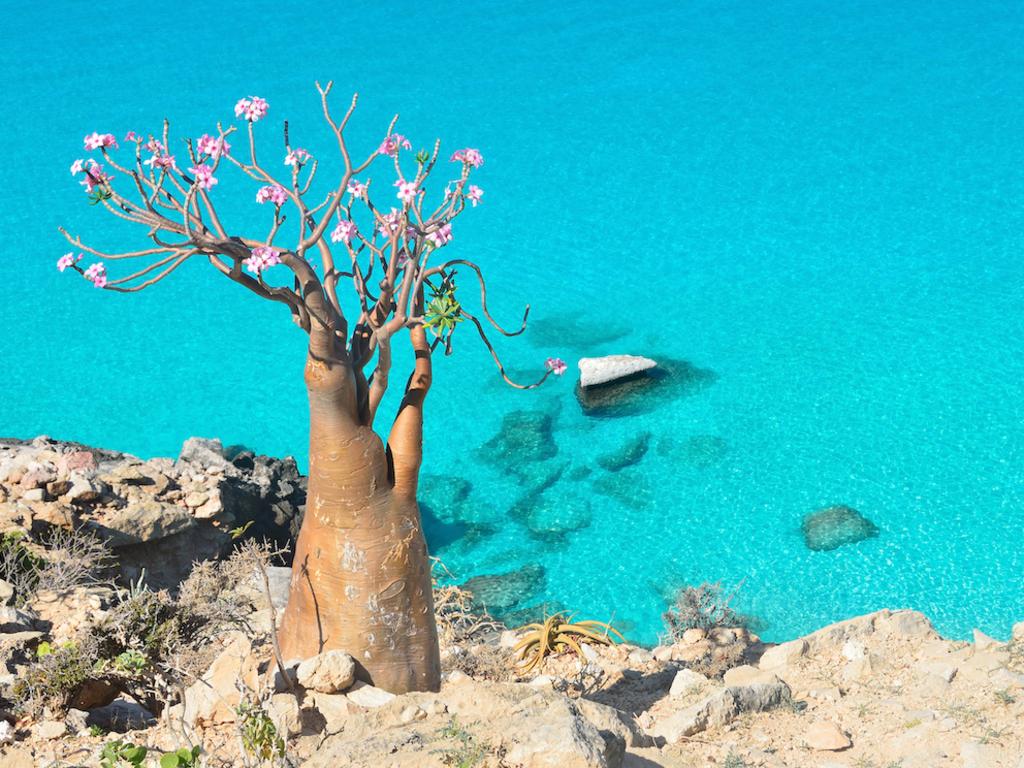
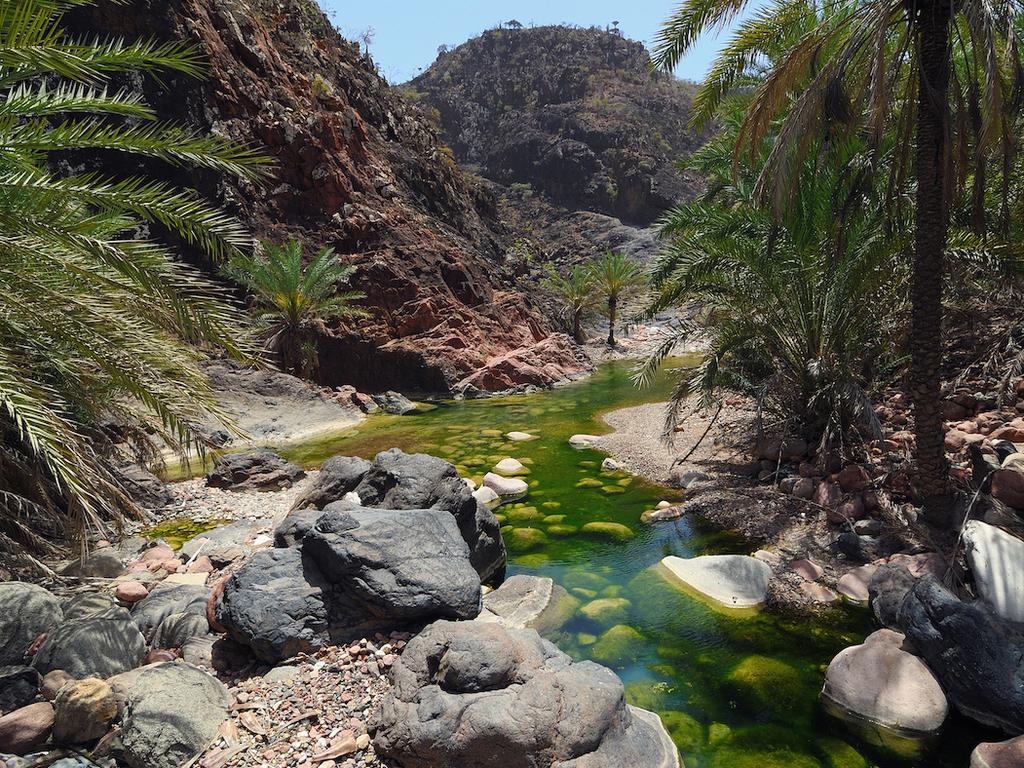
The island also has a heavy military presence which is there in more of a peacekeeping capacity due to the ongoing conflicts in Yemen and Somalia, both of which are going on just a few hundred kilometres from Socotra.
Speaking to news.com.au, Doug visited Socotra earlier this year and was one of only three foreigners on the island the week he went.
“It was epic. It was every bit as good as I had hoped and wished it would have been,” he said. “It’s so unique ... there’s very, very few places left on the planet that are untouched and unspoilt.
“Literally five or 10 minutes into the trip you can see how disconnected it is from the rest of the world. It really lives up to its title of the lost island of Socotra.”
The only way to access the island is by a plane technically designated as a humanitarian one from Abu Dhabi in the United Arab Emirates that has a set number of seats it can allocate to paying tourists.
Trips to the island are strictly a week-long, with the Abu Dhabi flight making the weekly trip to drop and pick up supplies.
The plane is also “notoriously unreliable”, Mr Driscoll said, but he was lucky enough to have a smooth trip.
Mr Driscoll booked everything through Crooked Compass – a travel agency that specialises in challenging and experiential tours – specifically ones that get Aussies off the heavily trodden tourist track.
He describes himself as a “flashpacker” – a tourist that goes on adventurous trips but has money to spend.
The week-long trip in Socotra was one that required a fair chunk of money with a guide and driver necessary additions for tourists hoping to see the sights.
Crooked Compass took care of the driver, the guide, all necessary visas and the flights.
“Getting a visa for Yemen is a nightmare,” Mr Driscoll said.
“It’s a really difficult one and is one of the most difficult places to get a visa for.”
All up, the all-inclusive week-long trip cost Mr Driscoll around $12,000, not including his flights from Sydney to Abu Dhabi.

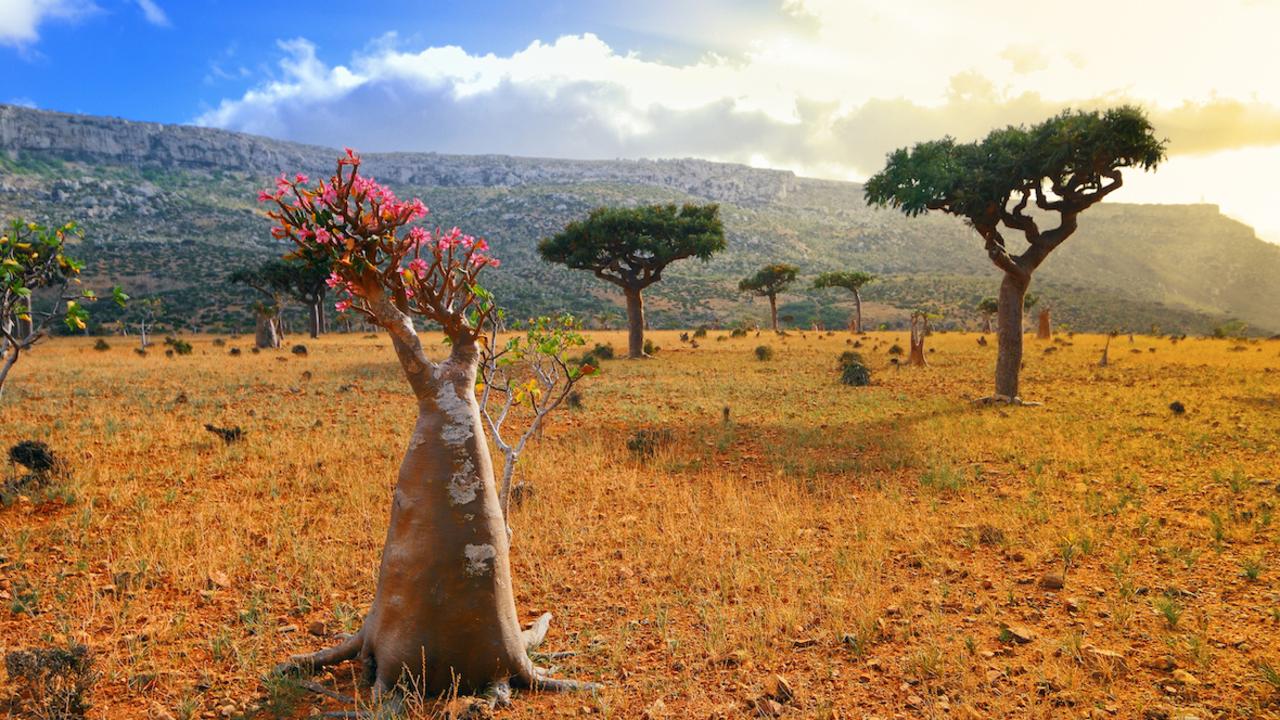
The adventurous traveller also has a warning for tourists who are excited by the idea and look of Socotra.
“I think I almost have a sense of responsibility to say this ... this trip is not for everyone,” he said. “It’s very raw. It’s very rustic.
“If you’re somebody who wants to laze by the pool with a pina colada, this is not the place. You’re lucky if you get running water and Wi-Fi.
“It also certainly is not without its risks ... in the Global Peace Index, Yemen comes in as the second most dangerous country, second only to Afghanistan.”
Despite that, Mr Driscoll maintains it was still one of the best holidays of his life, and urged people to go there before it’s spoiled by over-tourism.
“Socotra and mainland Yemen are two very different places and although there’s a very clear and obvious military presence, which can be quite disconcerting, it’s nothing like it is on Yemen,” he said.
“You see tanks and people with guns and stuff and soldiers everywhere but they actually added a sense of security, not a threat in my opinion, because they were there in a peacekeeping capacity.”
Mr Driscoll said he did not feel at risk or under threat at any stage and the people in the cities “couldn’t have been any friendlier, warmer or more hospitable”.
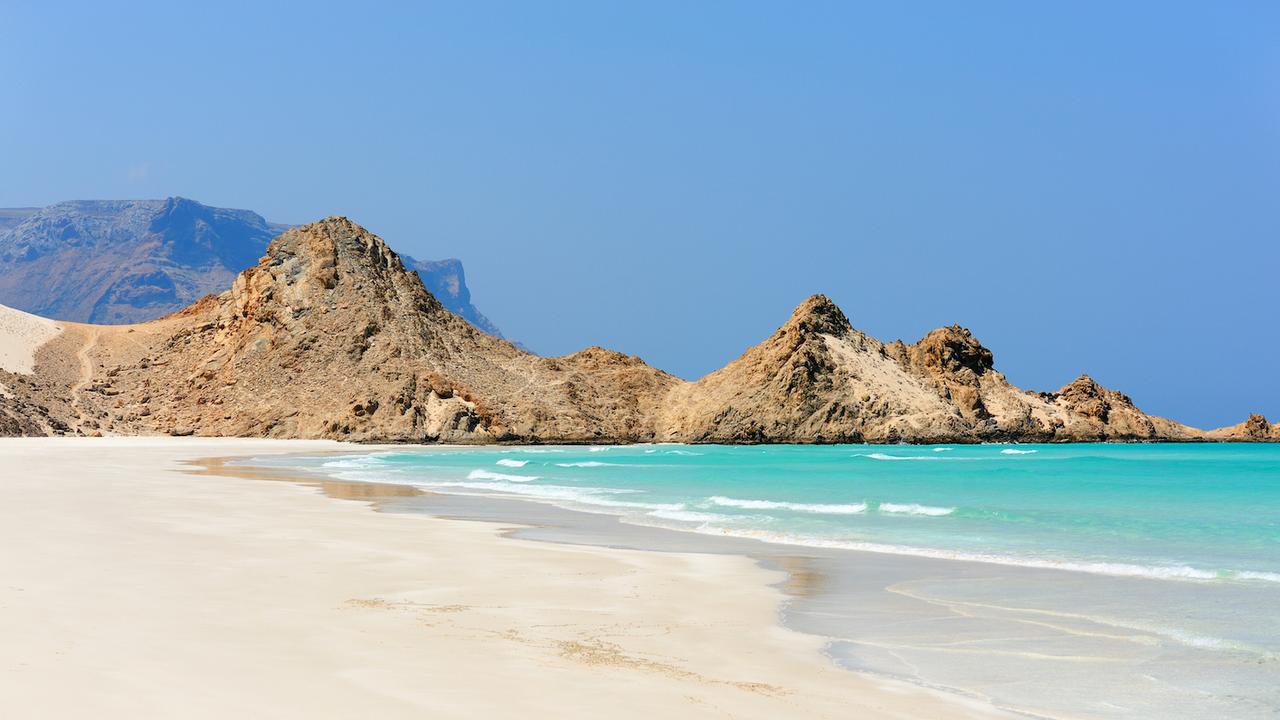
Away from the cities, more incredible sights await with sights that are better than some of the world’s most luxurious tourist destinations, Mr Driscoll said.
“I'm lucky enough to have gone to places like Bora Bora and the Caribbean and all these kind of places and I'm very lucky to have gone there but this place, beats all of them hands down. No question about it,” he said.
“The nature, I describe it as mega nature. It’s on another scale and it’s completely unspoilt.
“A third of the plant species and they reckon about 90 per cent of the reptile species are endemic to the island. They don't exist anywhere else in the world. So when you see this stuff, it is completely foreign to you.”
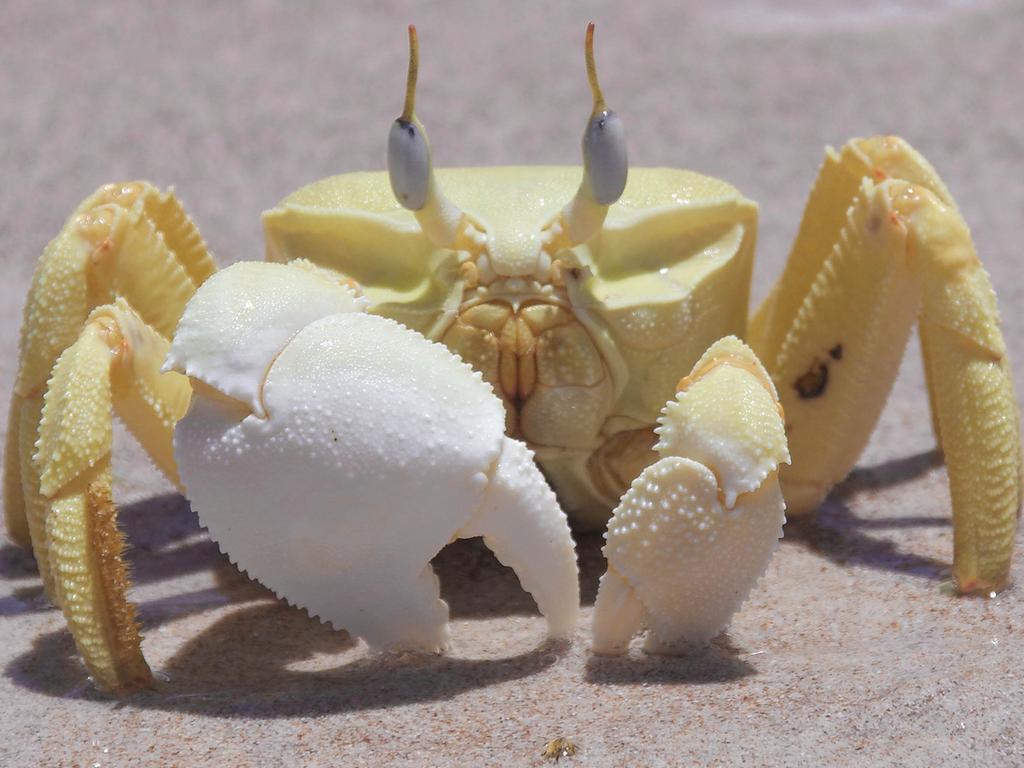
Mr Driscoll described the island as something out of Jurassic Park.
“It is like an alien world. It is frozen in time,” he said. “There were times where I kept expecting a dinosaur to walk around the corner.
“I mean, it's seriously like a real life Jurassic Park.
“There were so many moments where I had to stop and go, ‘Wow, I just need to sit here and just take this in.’
“To kind of put it into perspective you’ve got beaches there that will be comparable to the Whitsundays, mountains backdrops that are probably comparable to parts of the Alps.
More Coverage
“The sand dunes there are just insane and they would rival parts of the southern tip of Africa in places like Namibia, the caves were as impressive as the ones you get in, like, Yucatan in Mexico, canyons that wouldn't look out of place in Arizona.”
Mr Driscoll said the final weird quirk of the island was the lack of Covid.
“Covid doesn’t exist there. That was the only thing, it was a week without Covid. No one wears masks, no one talks about it and it’s weird talking about stuff other than Covid,” he joked.




